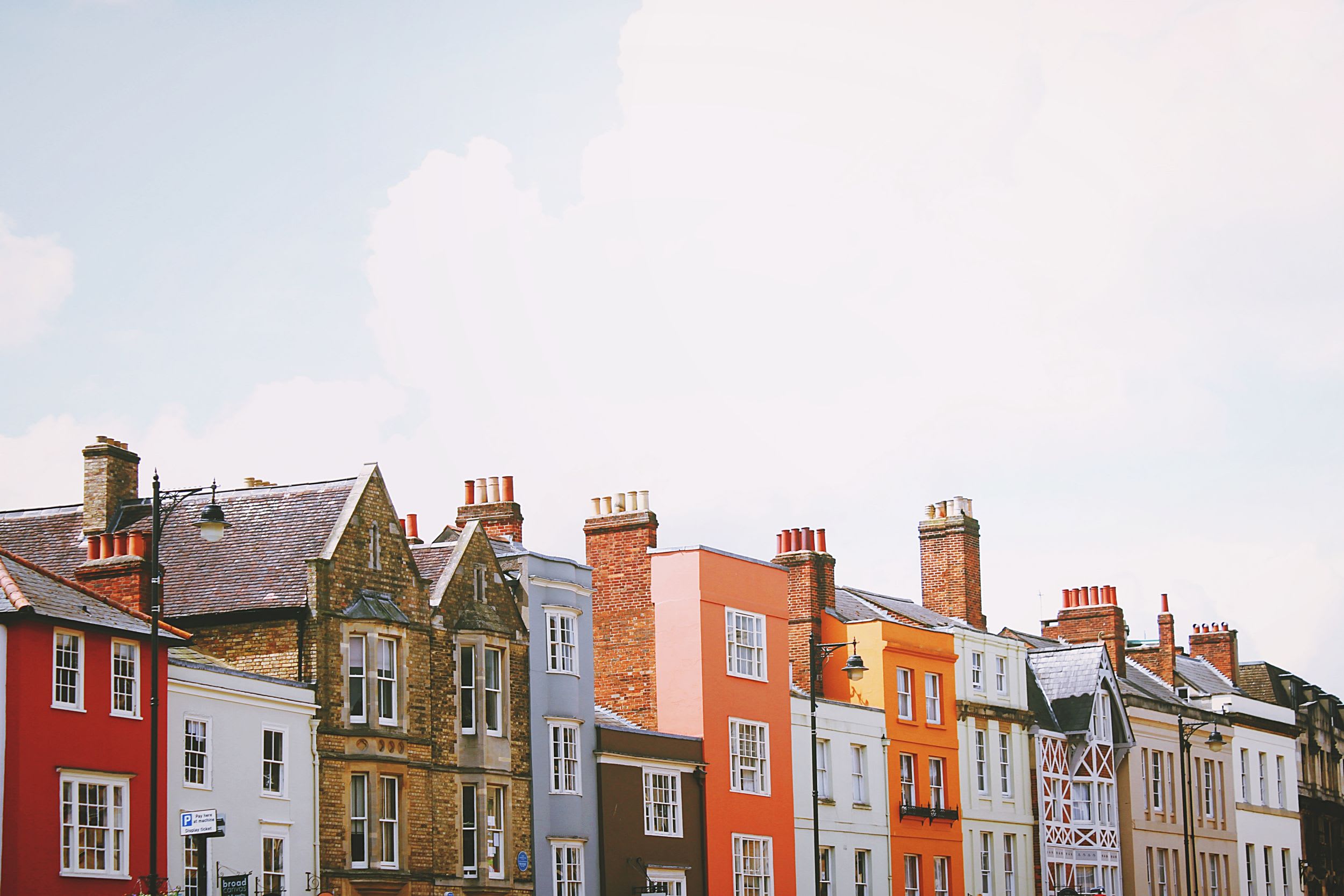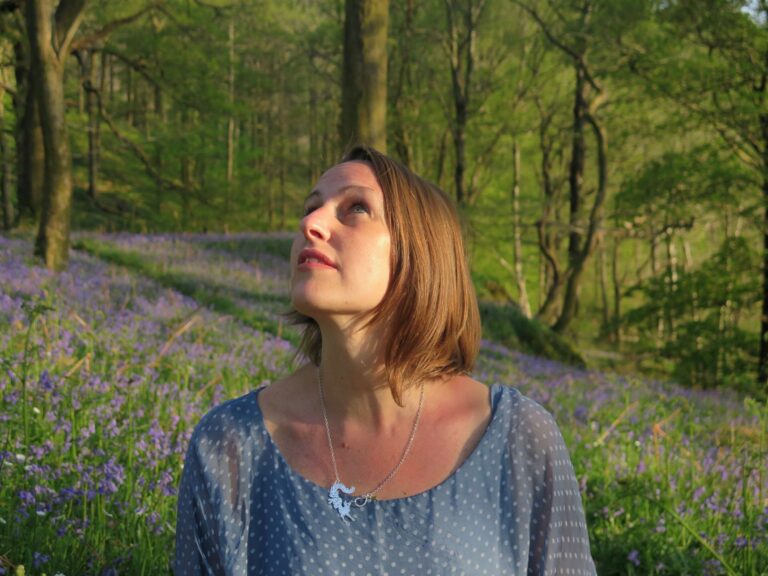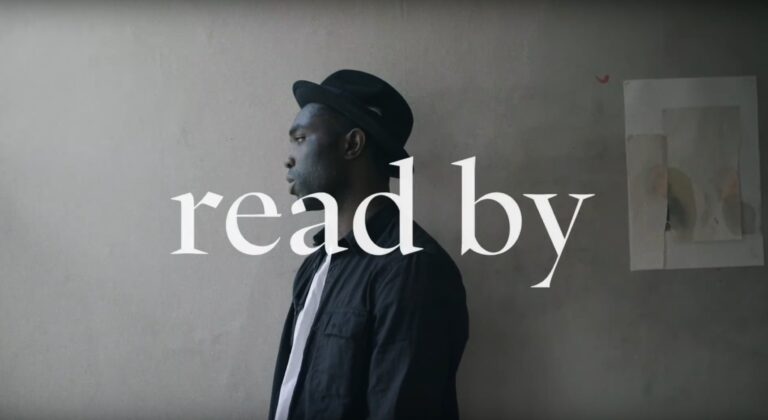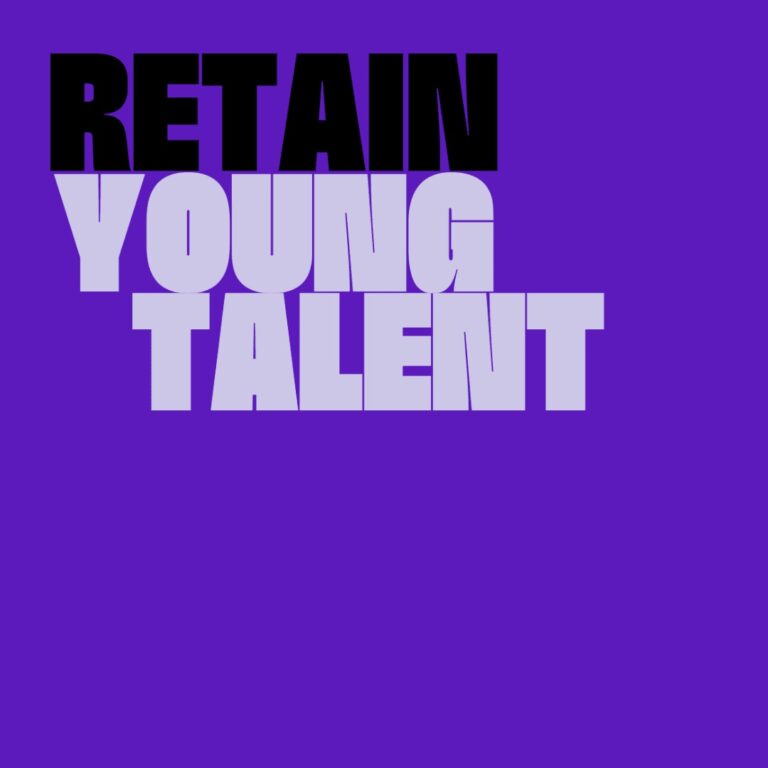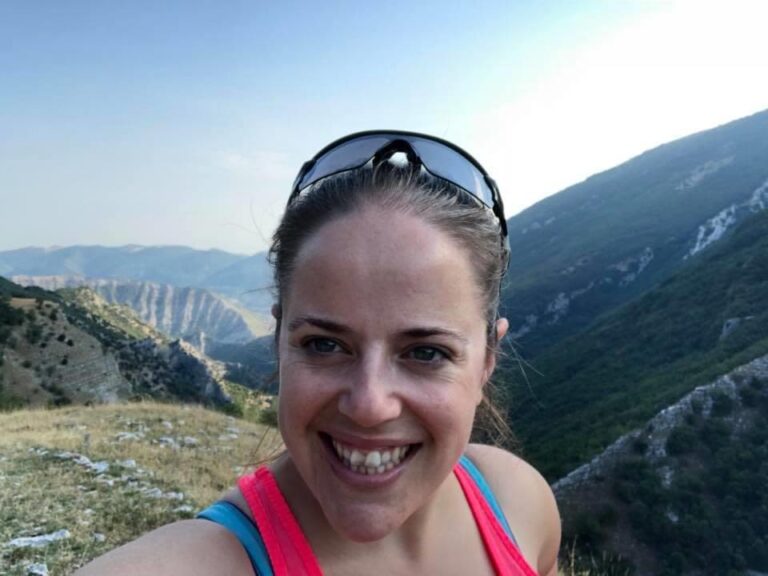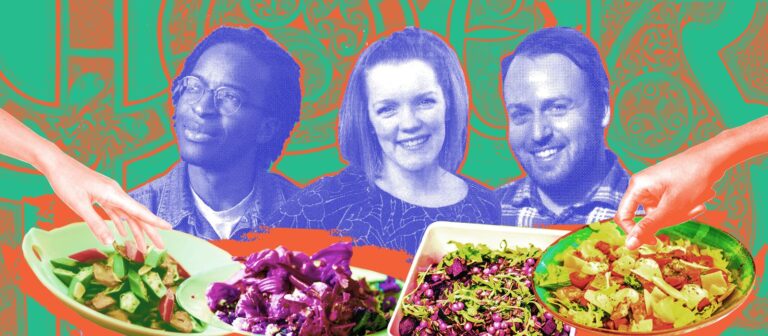‘The house shelters day-dreaming’
Gaston Bachelard wrote in The Poetics of Space “the house shelters day-dreaming, the house protects the dreamer, the house allows one to dream in peace.”
One year on from the first UK-wide lockdown, we might ask how accurate this hypothesis is for contemporary poets. Are we stifled or inspired by domestic isolation? What has it meant for women poets, in particular?
Domestic themes are so intrinsic to everyday life that we don’t always consider them interesting subjects for poetry or scholarship on poetry. But acts like cooking, eating, entertaining, cleaning, sleeping and gardening can tell us a lot about the socio-political climate in which we live.
Domestic poetry: 19th century to present
A good body of work exists on women’s poetry and domesticity in the Victorian period, when debates arose around the Cult of Domesticity, a value system which emphasised traditional gender roles in the home. Emily Dickinson is often cited as a key, subversive ‘domestic’ figure of this era – an OG of social distancing.
Dickinson experienced her most productive surge in writing between 1858 and 1865, effectively self-isolating at The Homestead in Amherst, Massachusetts. There, she wrote ‘I Dwell in Possibility’:
I dwell in Possibility –
A fairer House than Prose –
More numerous of Windows –
Superior – for Doors –
Despite physical and psychological isolation, the world Dickinson creates in this poem is expansive – “numerous of windows” and “superior” for its doors. The poet is empowered by her interior world or, in other words, “the house protects the dreamer.”
Similar themes crop up in 20th century women’s poetry – often with a darker, more scathing twist – from Charlotte Perkins Gilman to Sylvia Plath. Gilman’s poem ‘The Housewife’ gives us some of the proto-feminist poet’s most powerful lines:
My mind is trodden in circles, tiresome, narrow and hard,
Useful, commonplace, private — simply a small back-yard.
Half a century later, an increasingly isolated Plath describes the womb as the very first human dwelling in ‘Dark House’:
This is a dark house, very big.
I made it myself,
Cell by cell from a quiet corner.
Both women find both frustration and poetic power in the domestic realms that shape them – from a “small back yard” to the womb, “cell by cell.” They use their environments to challenge the role society has prescribed them.
Contemporary poet and former Scots Makar, Jackie Kay, also addresses domestic themes in her poems, like this one ‘No. 115 dreams’:
The living room remembers Gran dancing to Count Basie.
The kitchen can still hear my aunts fighting on Christmas day.
The hall is worried about the loose banister.
The small room is troubled by the missing hamster.
Cycling through different household interiors, Kay presents us with a bustling, lively, fractured view of domestic life – one which is sustained by resolute women characters like ‘Gran’ and the ‘aunts’.
A tension between the freneticism and solitude of domestic life feels more relevant than ever today, when we are so intimately connected to our houses, their contents and our immediate co-habitants.
Poetry and ‘meaning-making’ in the pandemic
For some, creative endeavours like poetry have led to “meaning-making” during the pandemic. Lockdown might have given time and space to finish projects and fulfil Maslow’s final hierarchy of need, “self-actualisation” – something echoed in our (ambitious) promises to ‘write that novel’ or ‘learn that language.’
Others have found themselves overburdened with childcare, housework, sickness, concerns around job security, or simply feeling exhausted by the relentlessness of domestic life. These feelings of boredom and inertia were recently explored by a range of Welsh poets in a Wales Art Review ‘Writer’s Lament’ – from Gillian Clarke to Peter Finch and Ailbhe Darcy.
In a similar exercise, I asked several poets connected to The Poetry School in London how lockdown has impacted their creativity, productivity and subject matter.
Holly Clacey, based in London, said her “new poems have been limited to immediate objects or things outside the window […] they are often about being trapped or stuck or disconnected, no matter what I intend to write about.”
Vasiliki Albedo, who lives in Greece, noted that her poetry has also addressed the lockdown’s “insidious effects on relationships and interactions.”
Heidi Beck, based near Bath, said she continued to write mainly about past events, but noted “that many poet friends with young children have had much less time and energy for creative work.” This echoes a concern that women have borne the brunt of domestic labour during the pandemic.
Others, including Lorrie Ness who lives in Maryland, felt more grateful for writing than ever, even if their subject matter hadn’t necessarily shifted towards the ‘kitchen sink’ per se. She also acknowledged the pressures on her time and was “reworking her schedule to continue protecting more of [her] free time.”
There is a certain privilege, of course, to this whole discussion. We have already heard that the pandemic has set back gender equality and socio-economic equality. It sadly may follow that poetry has become a luxury for some and, more worrying still, that emerging, already underrepresented poetic voices are further constrained by these inequalities.
With a vaccine-shaped light at the end of the tunnel, it feels more crucial than ever for poets of all genders, nations, backgrounds and generations to actively encourage, elevate and celebrate each other’s work. ‘When all of this is over’ – as we keep hopefully repeating – we will be left with some fascinating portrayals of the ‘stay at home’ Zeitgeist.
Ruth Beddow is a London-based poet and heritage professional, originally from Birmingham. She has a particular interest in the relationship between poetry, place and identity. Her own work has been featured and shortlisted by: Wild Court; Ink, Sweat and Tears; Teignmouth Poetry; Write Out Loud; and the Magdalena Young Poet’s Prize.
Twitter: @RuthBeddow / Instagram: @RuthBeddow / Website: www.ruthbeddow.com
Sources
Gaston Bachelard, The Poetics of Space, (1958)
Barbara Welter, The Cult of True Womanhood 1820-1860, (1966)
Diana Fuss, Interior Chambers: The Emily Dickinson Homestead, (1998)
Emily Dickinson, I Dwell in Possibility, (1890)
Charlotte Perkins Gilman, The Housewife, (1903)
Sylvia Plath, Dark House, (c. 1961)
Jackie Kay, ‘No. 115 dreams’, (2006)
Hansika Kapoor & James C. Kaufman, Meaning-Making Through Creativity During Covid-19, (December 2020)
Wales Arts Review, The Art of Boredom: Writer’s Lament, (March 2021)
Harvard Business Review, Don’t Let the Pandemic Set Back Gender Quality, (September 2020)

